Market Share
EMEA Blood Glucose Monitoring Market Share Analysis
The Blood Glucose Monitoring market is fiercely competitive, and companies employ various positioning strategies to secure and enhance their market share. One prevalent approach is differentiation, where companies strive to distinguish their products from competitors through unique features or technology. For instance, some companies invest heavily in research and development to introduce innovative features, such as continuous glucose monitoring or user-friendly interfaces. By offering something distinct, they aim to attract customers who prioritize specific functionalities.
Another strategy is cost leadership, where companies focus on producing blood glucose monitoring devices at a lower cost than their rivals. This can be achieved through economies of scale, efficient production processes, or strategic partnerships with suppliers. The goal is to capture a larger market share by offering affordable options without compromising quality. This strategy is particularly effective in markets where price sensitivity is a significant factor influencing purchasing decisions.
Market segmentation is also a key strategy in the blood glucose monitoring industry. Companies tailor their products to specific customer segments based on factors such as age, lifestyle, or medical conditions. For example, some companies develop devices that cater specifically to children or seniors, considering their unique needs and preferences. By understanding the diverse requirements of their target audience, companies can better position their products and capture a larger share of niche markets.
Brand positioning plays a crucial role in influencing consumer perceptions. Companies often invest in building a strong brand image, associating their products with reliability, accuracy, and user-friendliness. A positive brand reputation can significantly impact customer loyalty and attract new users. Effective marketing campaigns, testimonials, and partnerships with healthcare professionals are common tactics to reinforce a brand's position in the market.
In addition to product-related strategies, companies also focus on distribution channels to enhance their market share. Establishing partnerships with healthcare providers, pharmacies, and online platforms can improve accessibility and reach a broader customer base. Ensuring a strong presence in both traditional and digital channels enables companies to meet the diverse preferences of their target audience.
Furthermore, strategic alliances and collaborations are employed to strengthen market positioning. Companies may enter partnerships with healthcare institutions, research organizations, or technology companies to leverage expertise, access new markets, or co-develop innovative solutions. These collaborations not only enhance the credibility of the involved companies but also contribute to a more comprehensive and integrated approach to blood glucose monitoring.
The regulatory landscape is another critical aspect influencing market share positioning. Companies that demonstrate compliance with regulatory standards and gain necessary certifications can build trust among customers and healthcare professionals. This trust is invaluable in a market where accuracy and reliability are paramount.


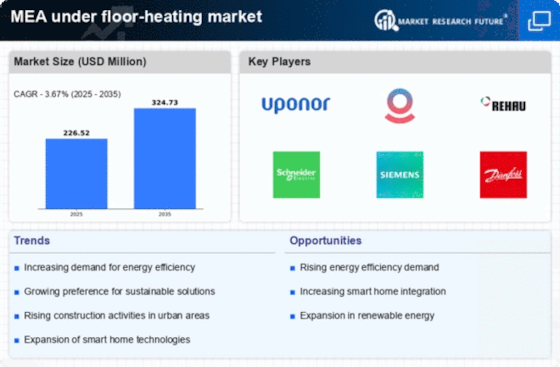
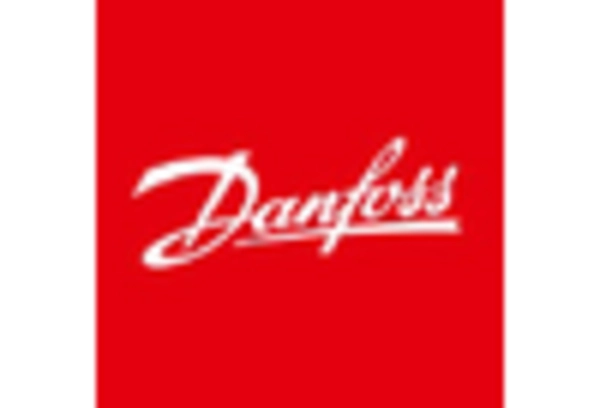
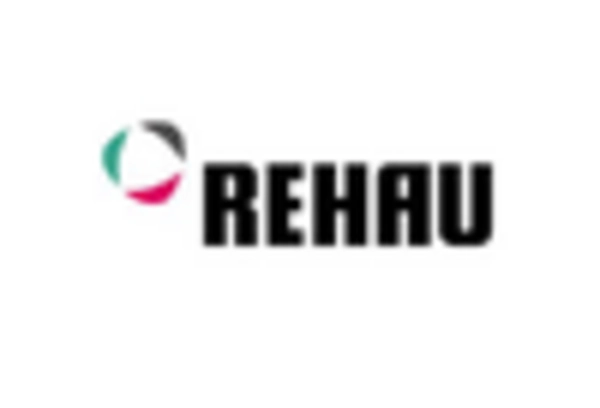
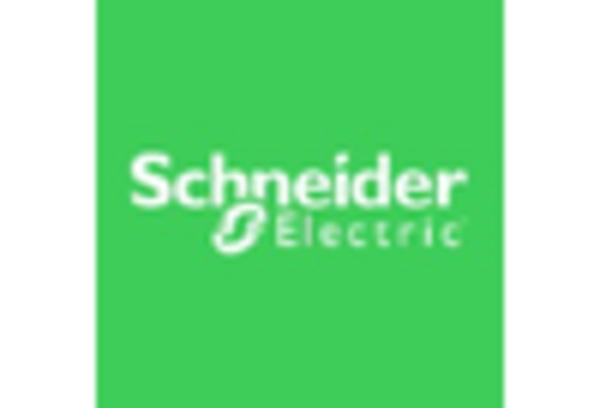

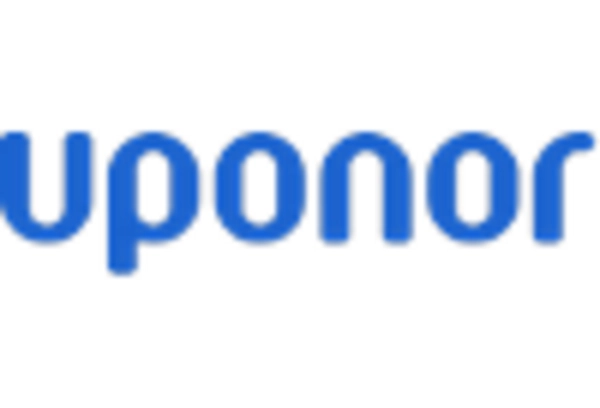
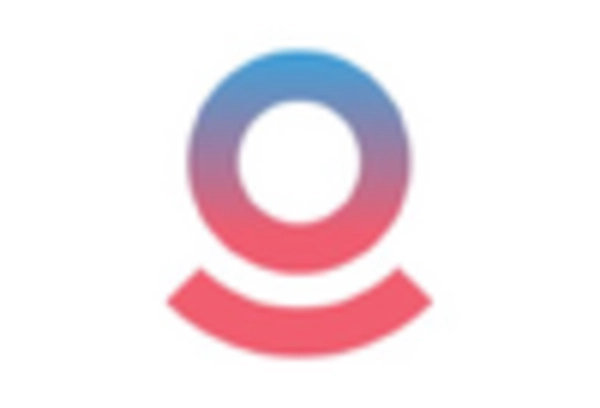









Leave a Comment